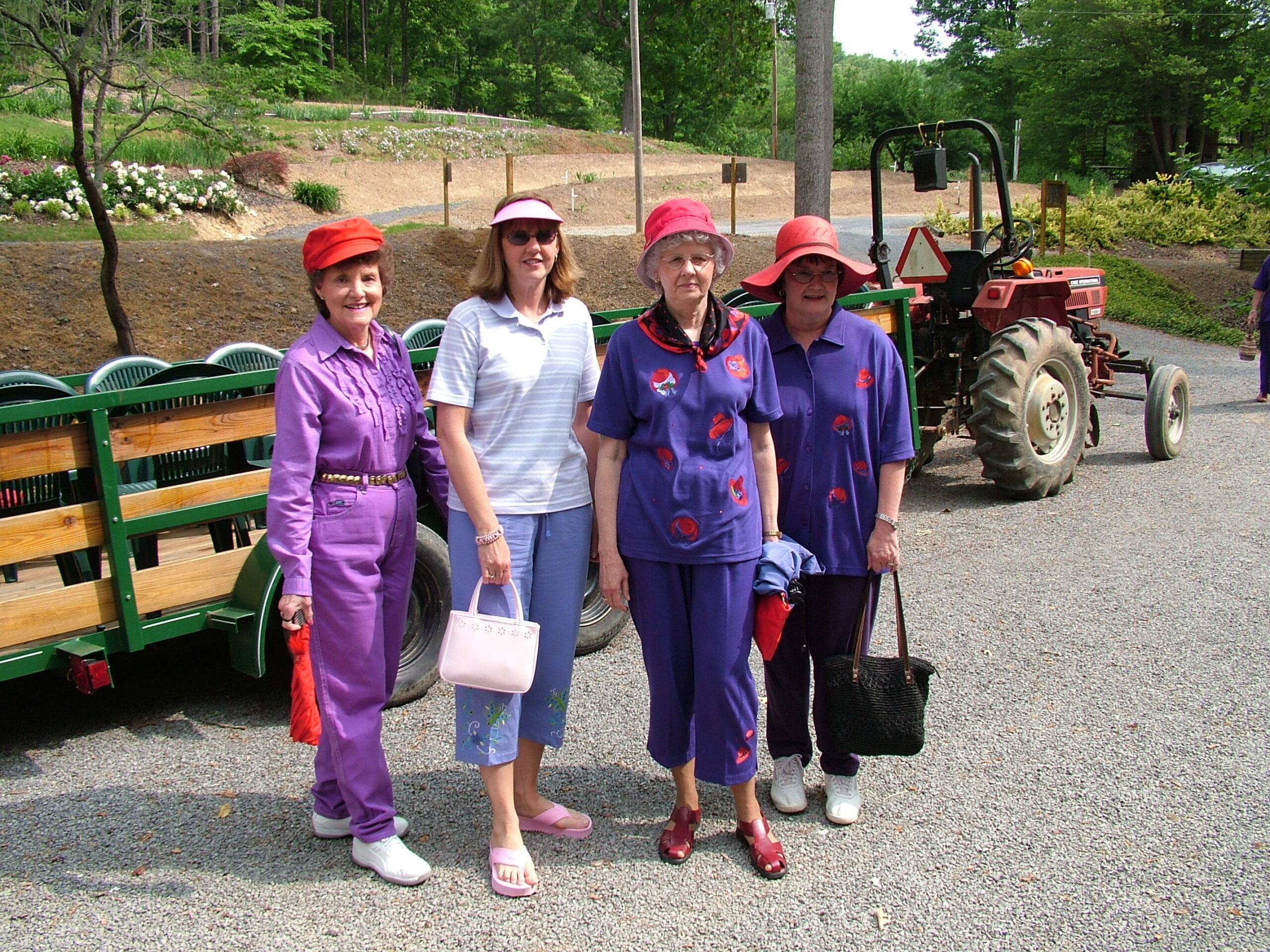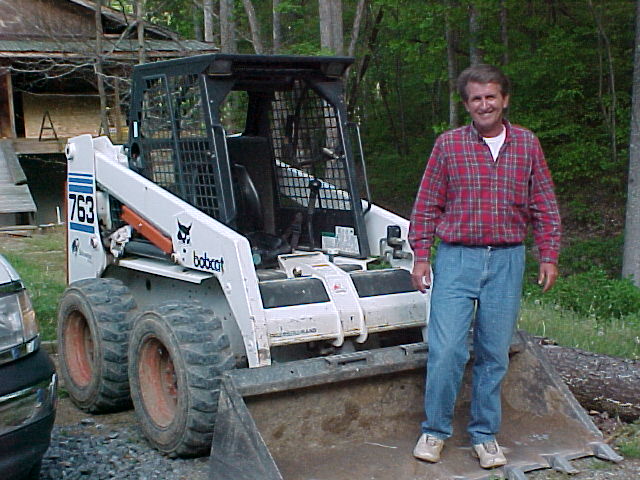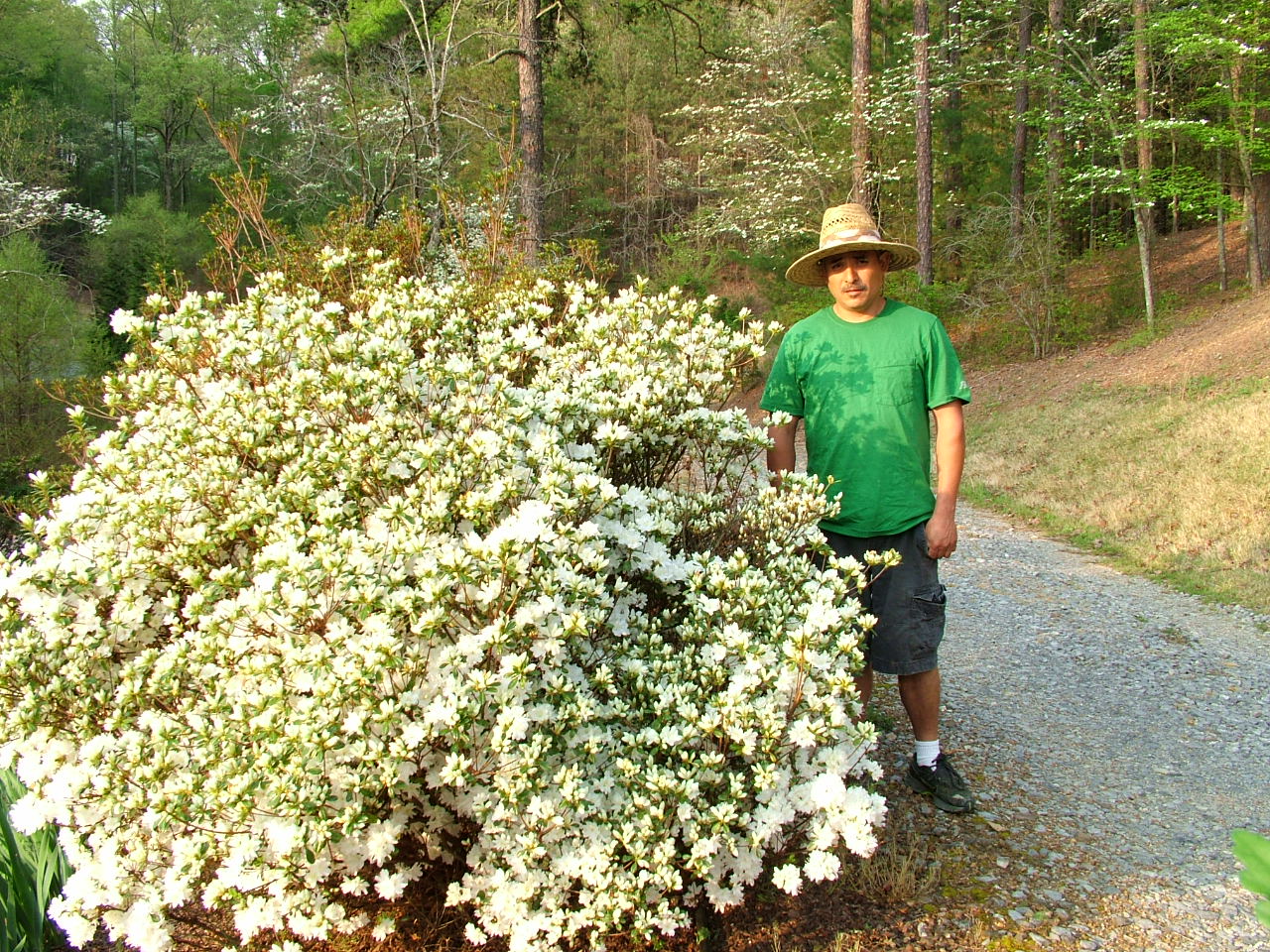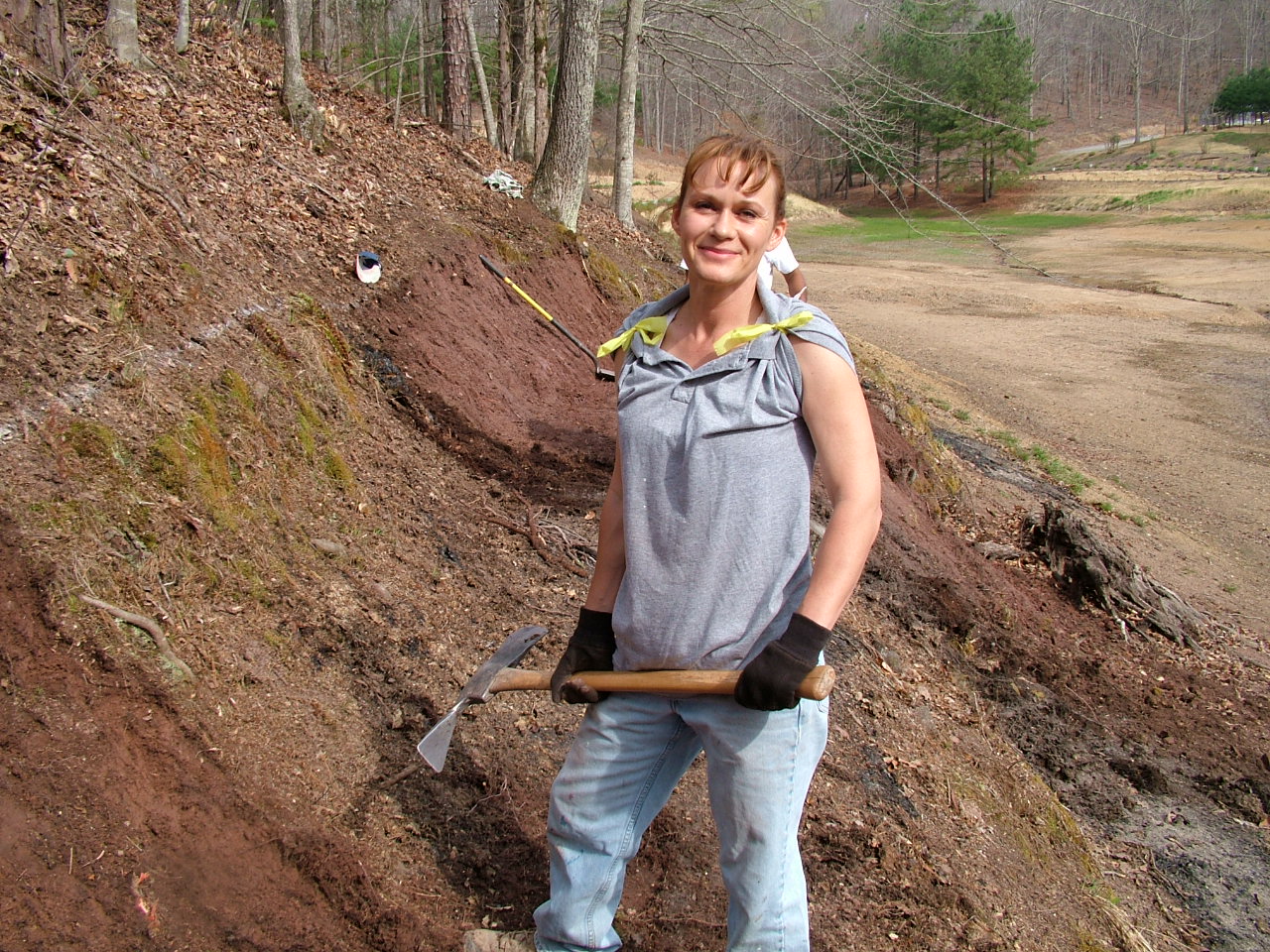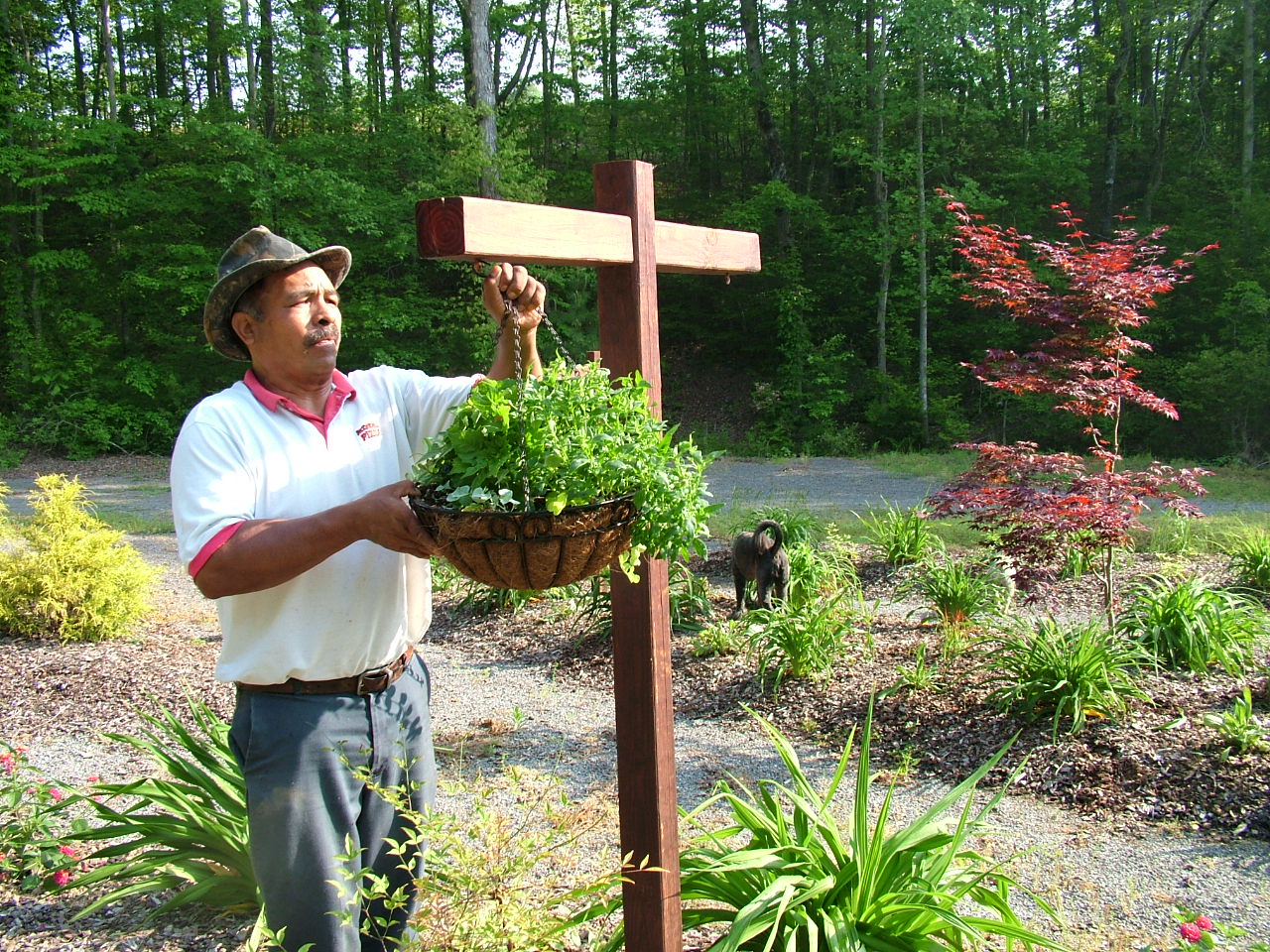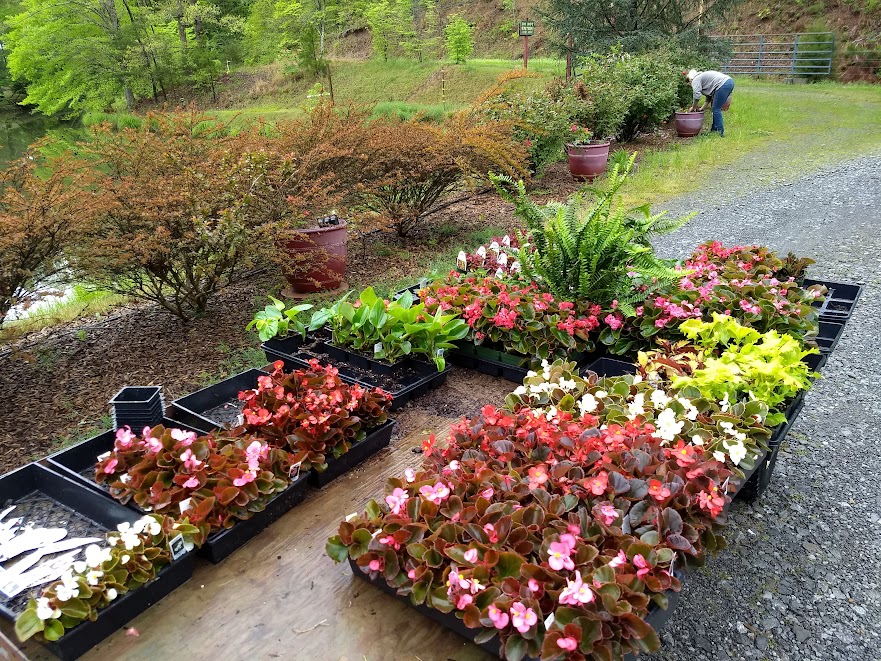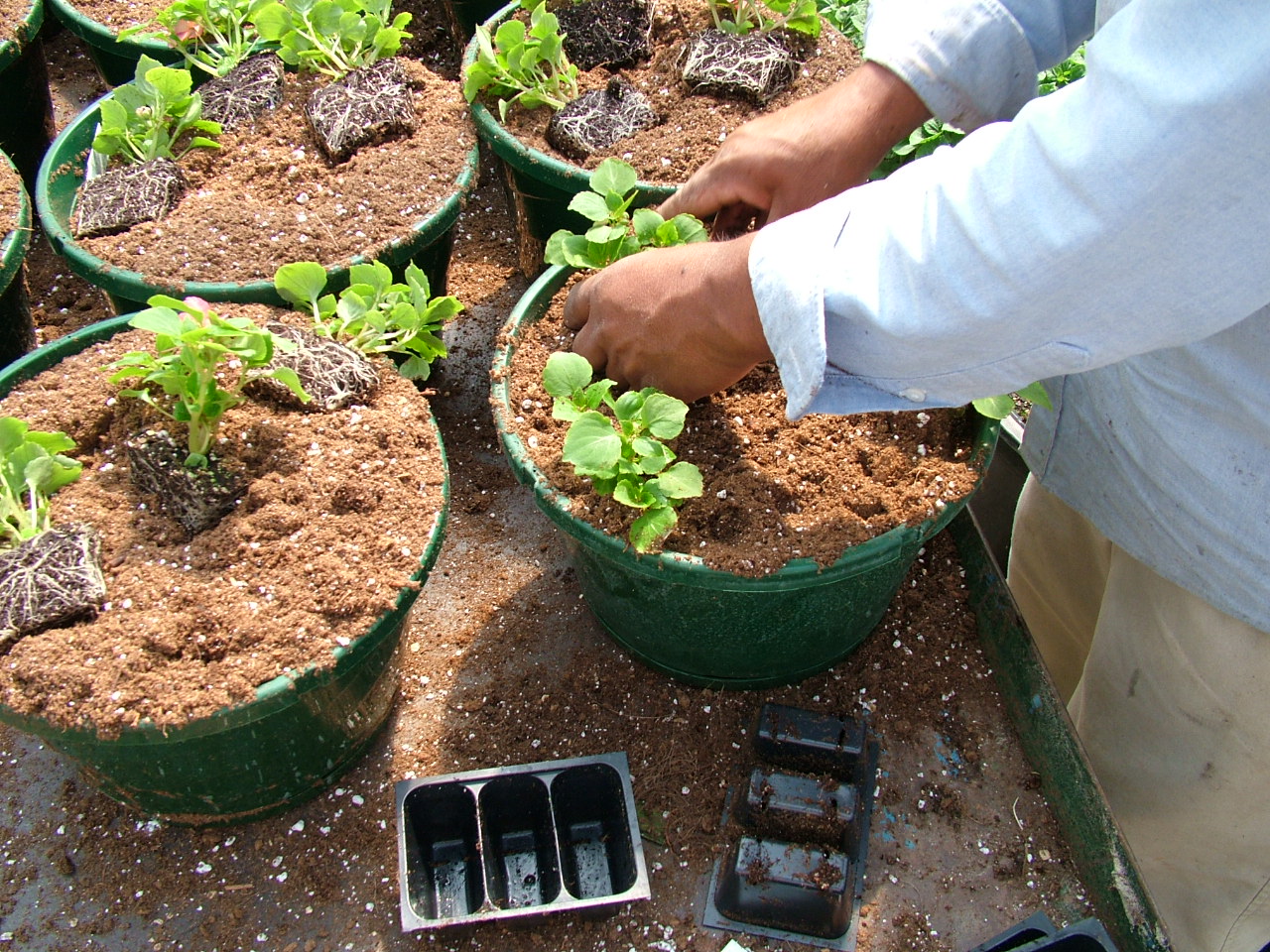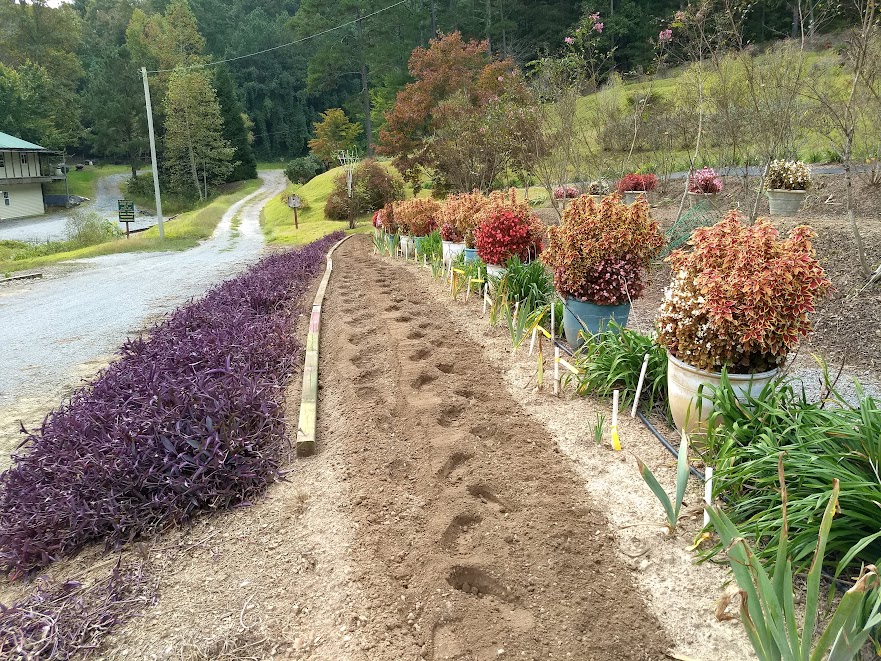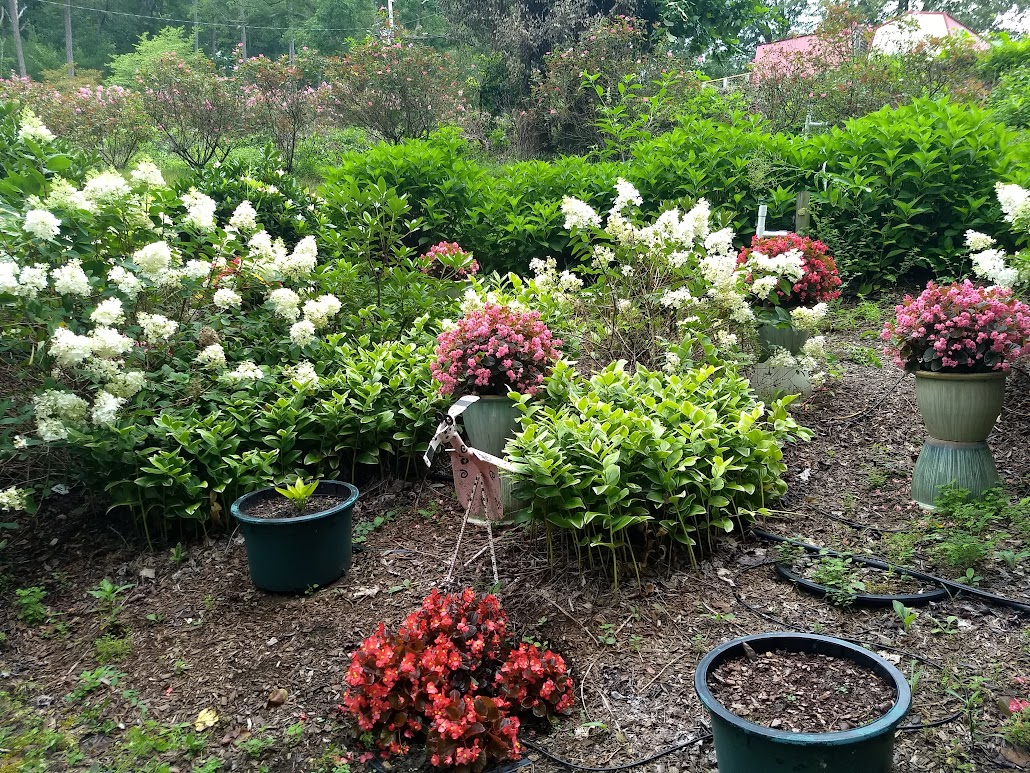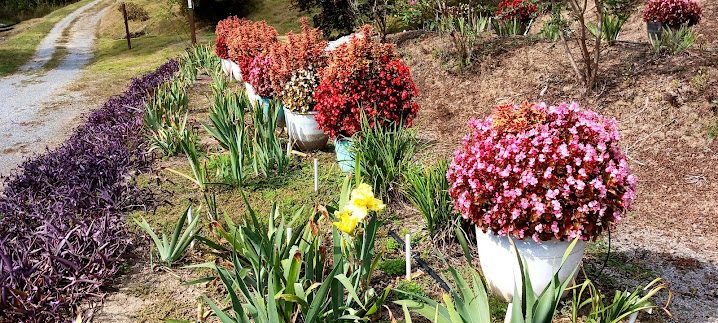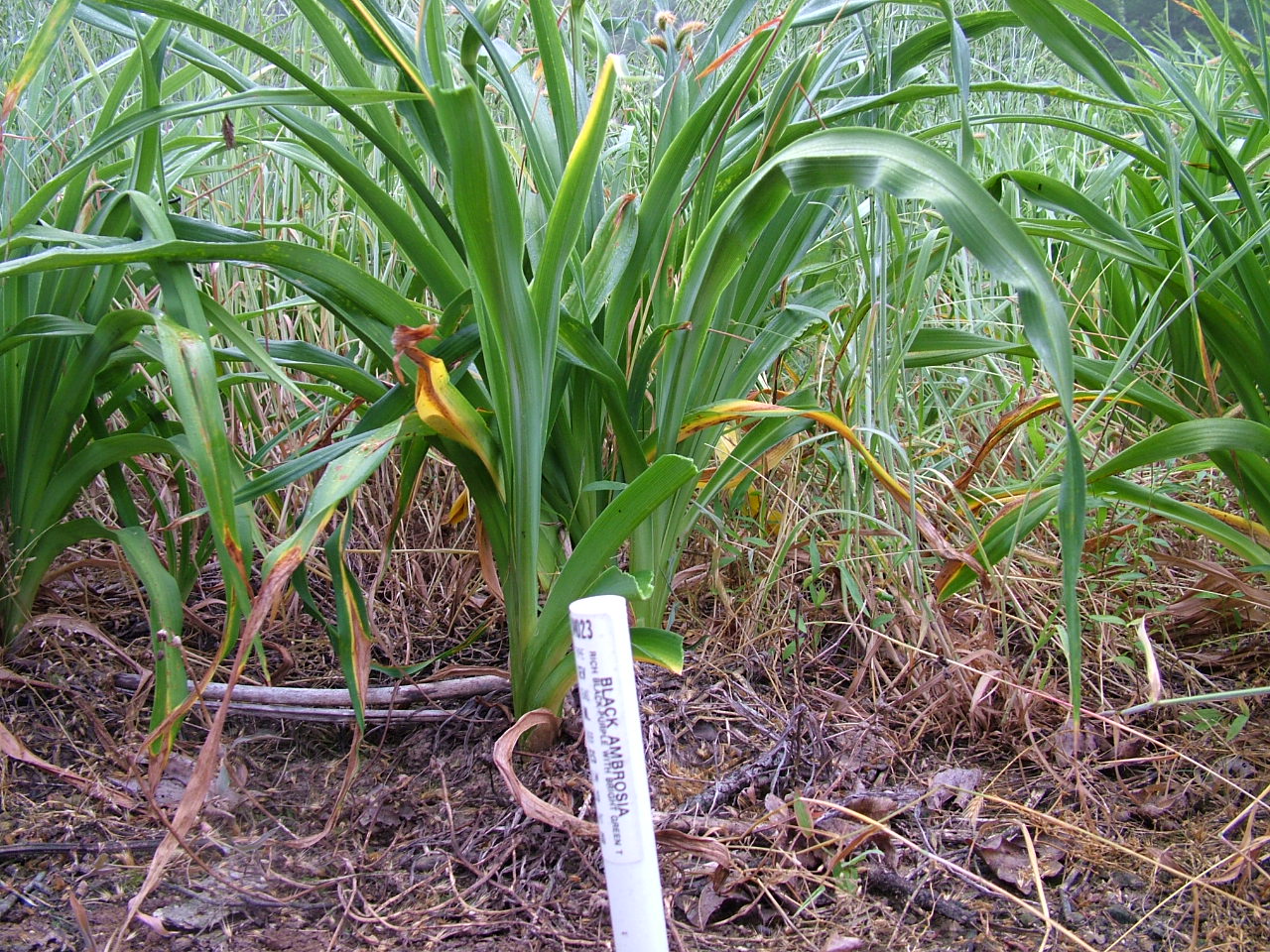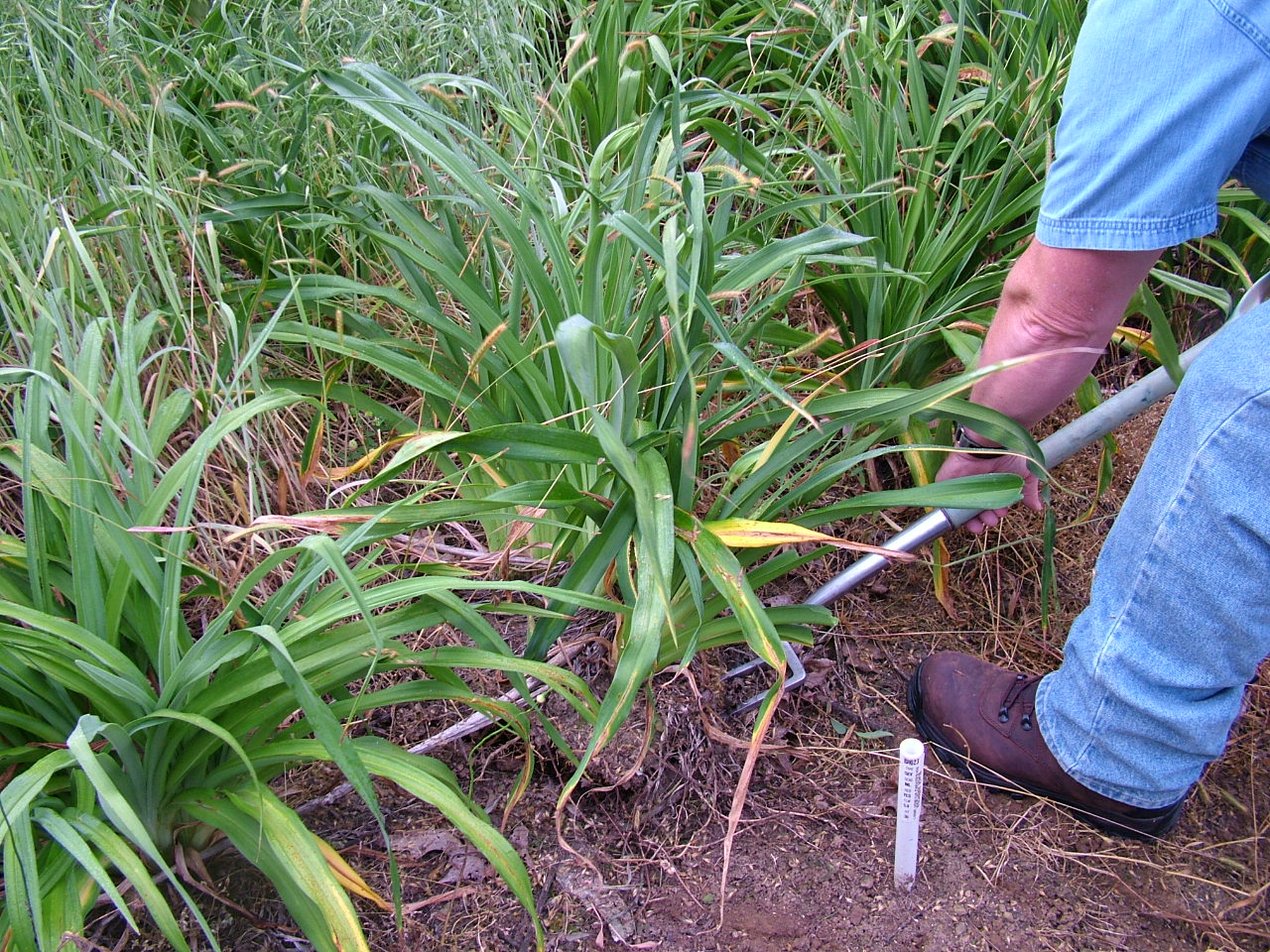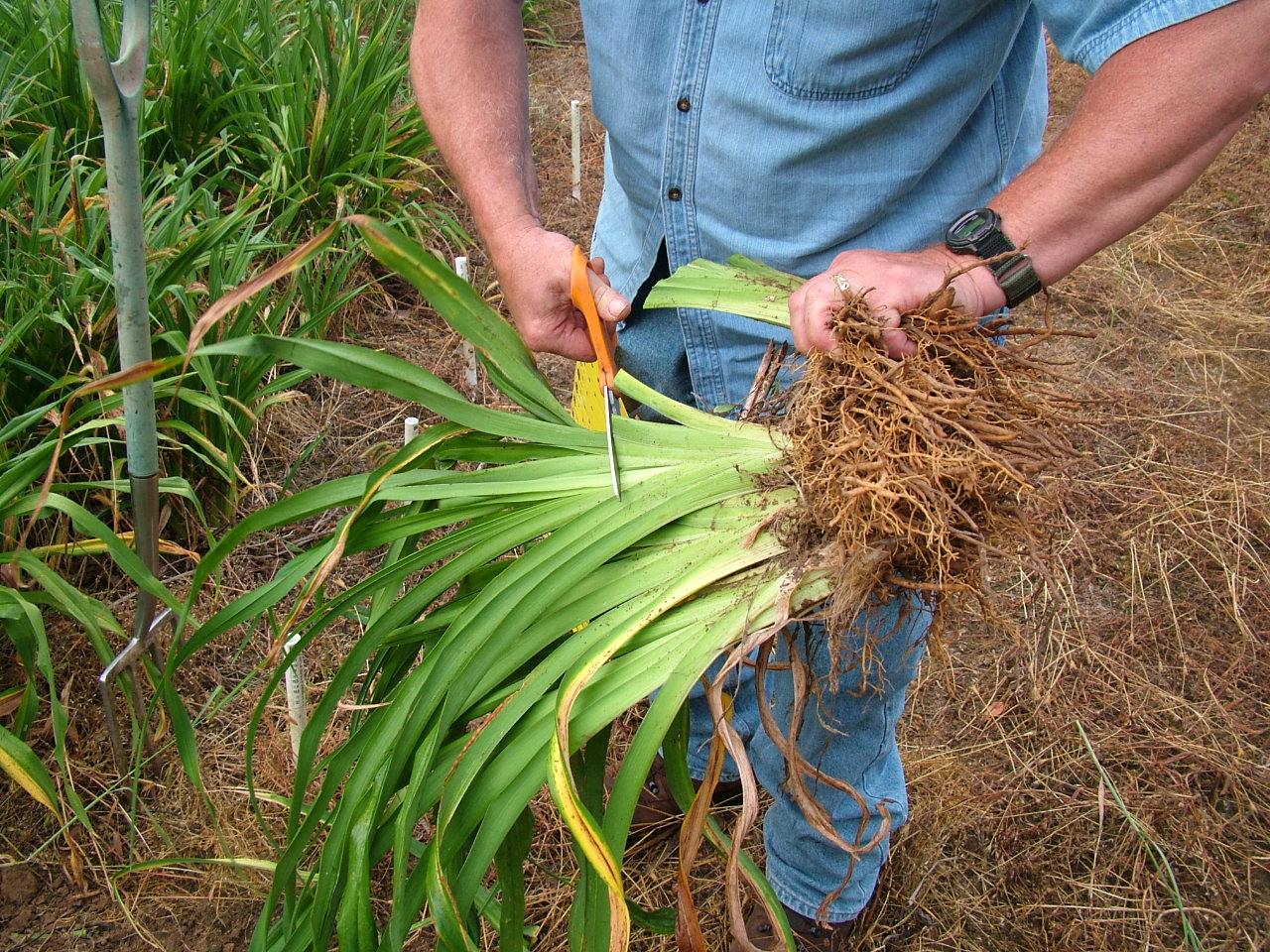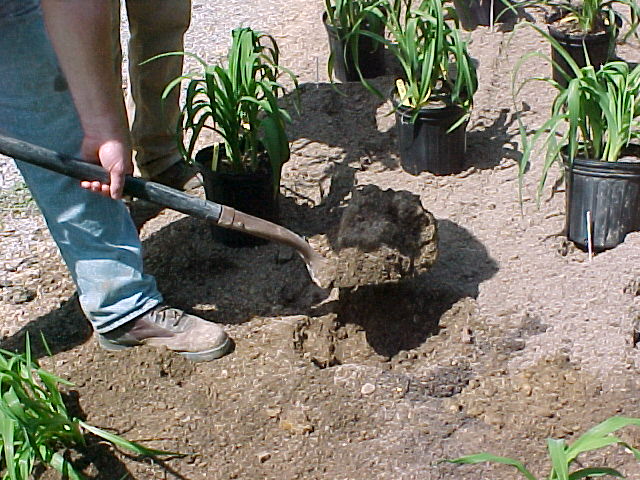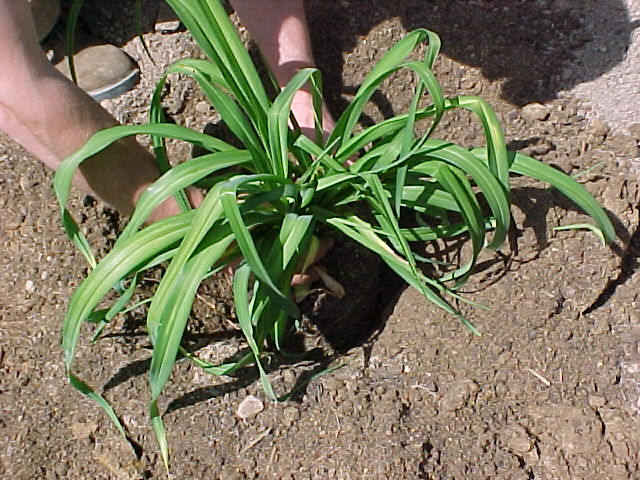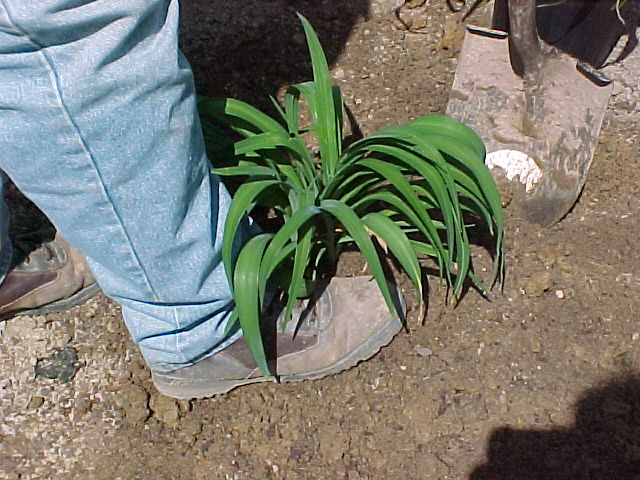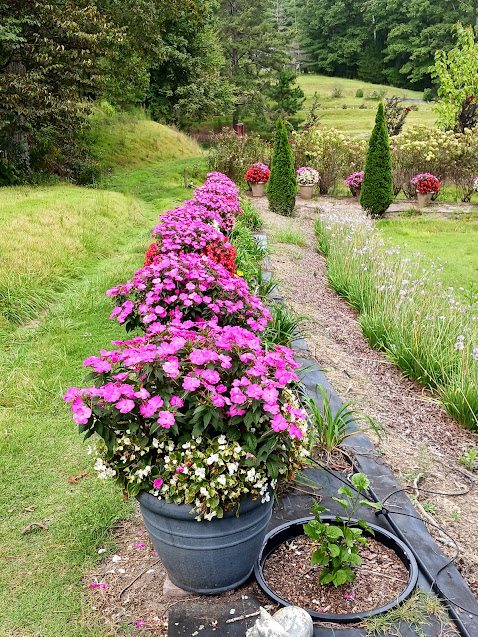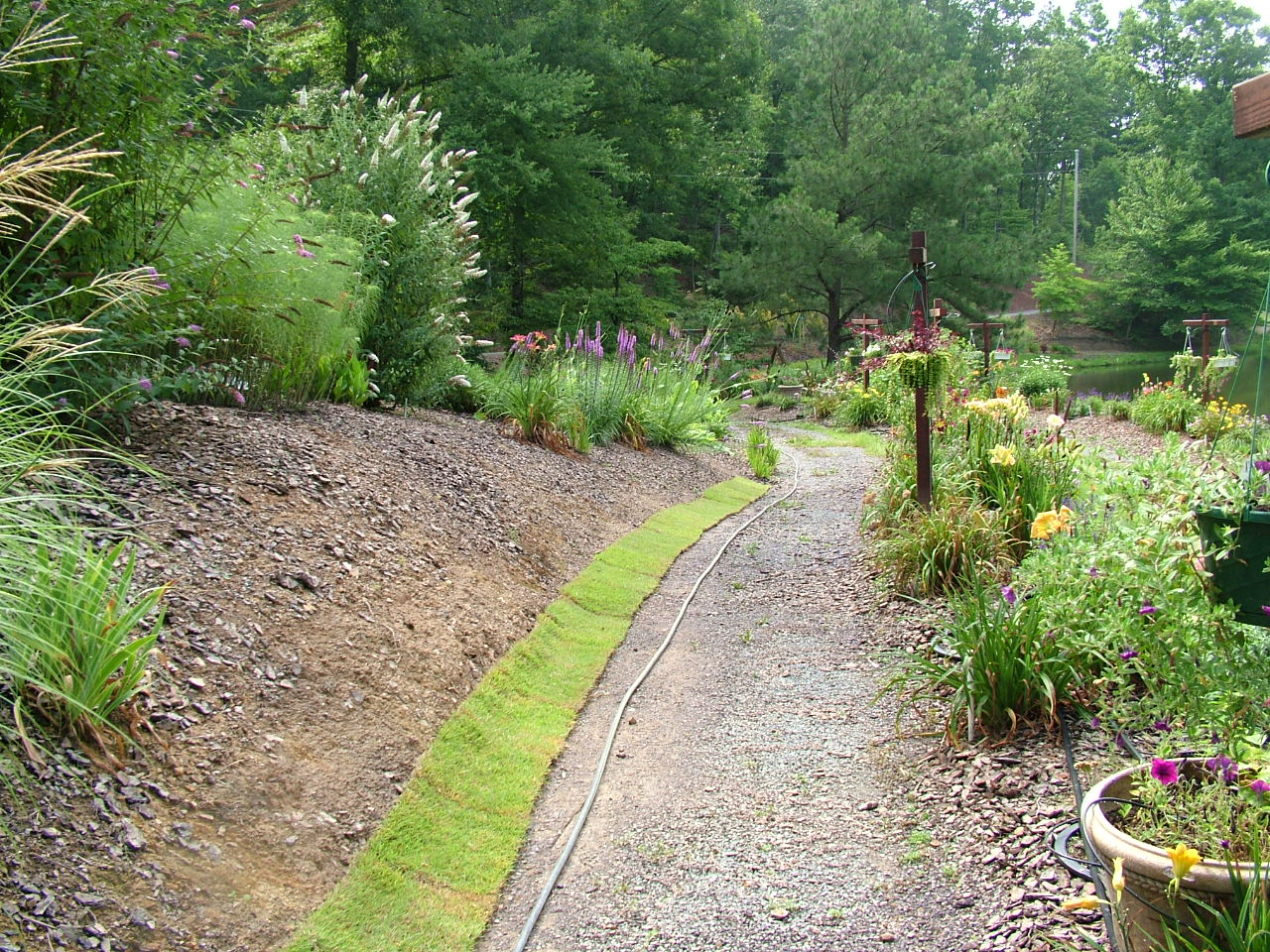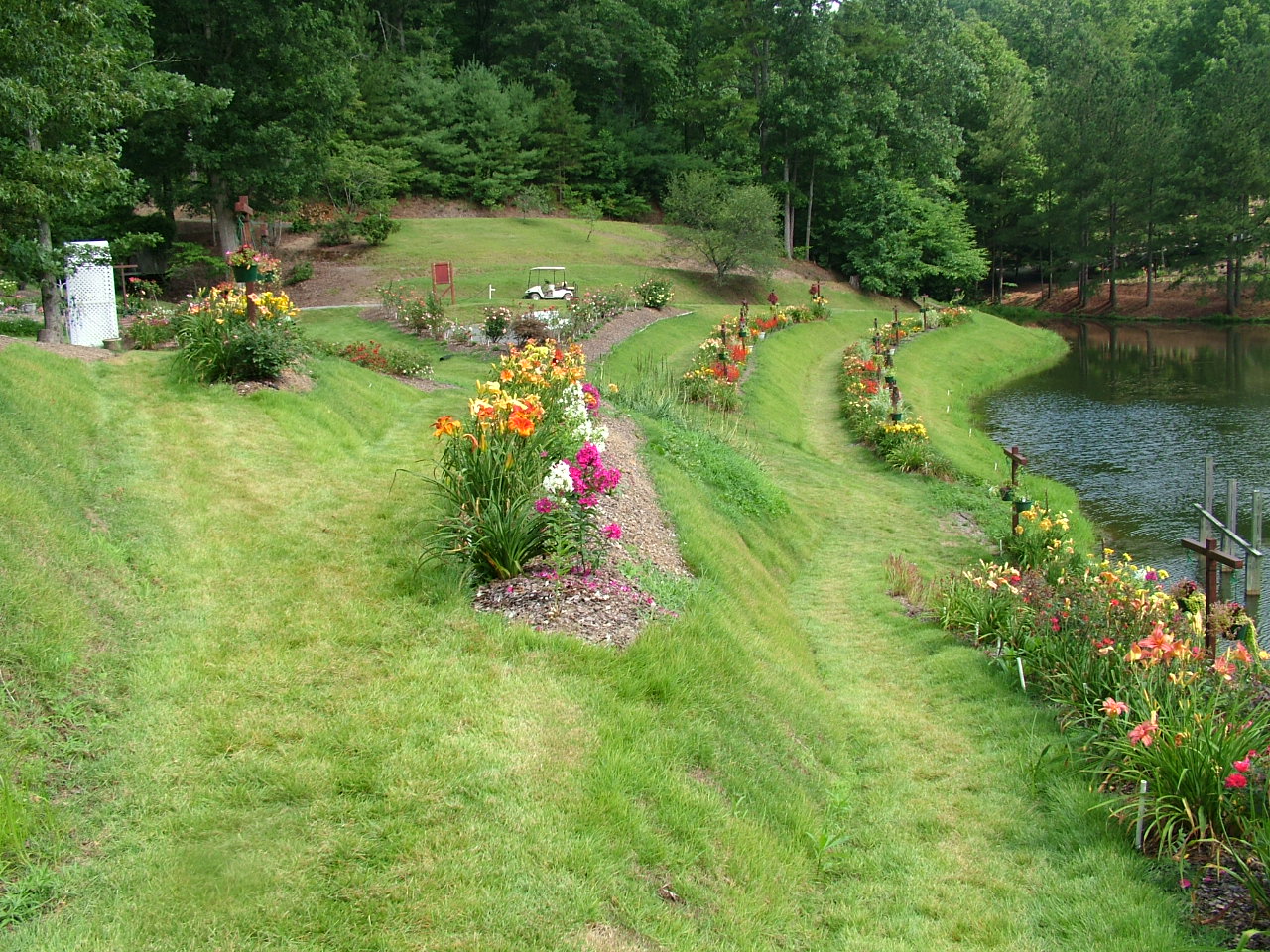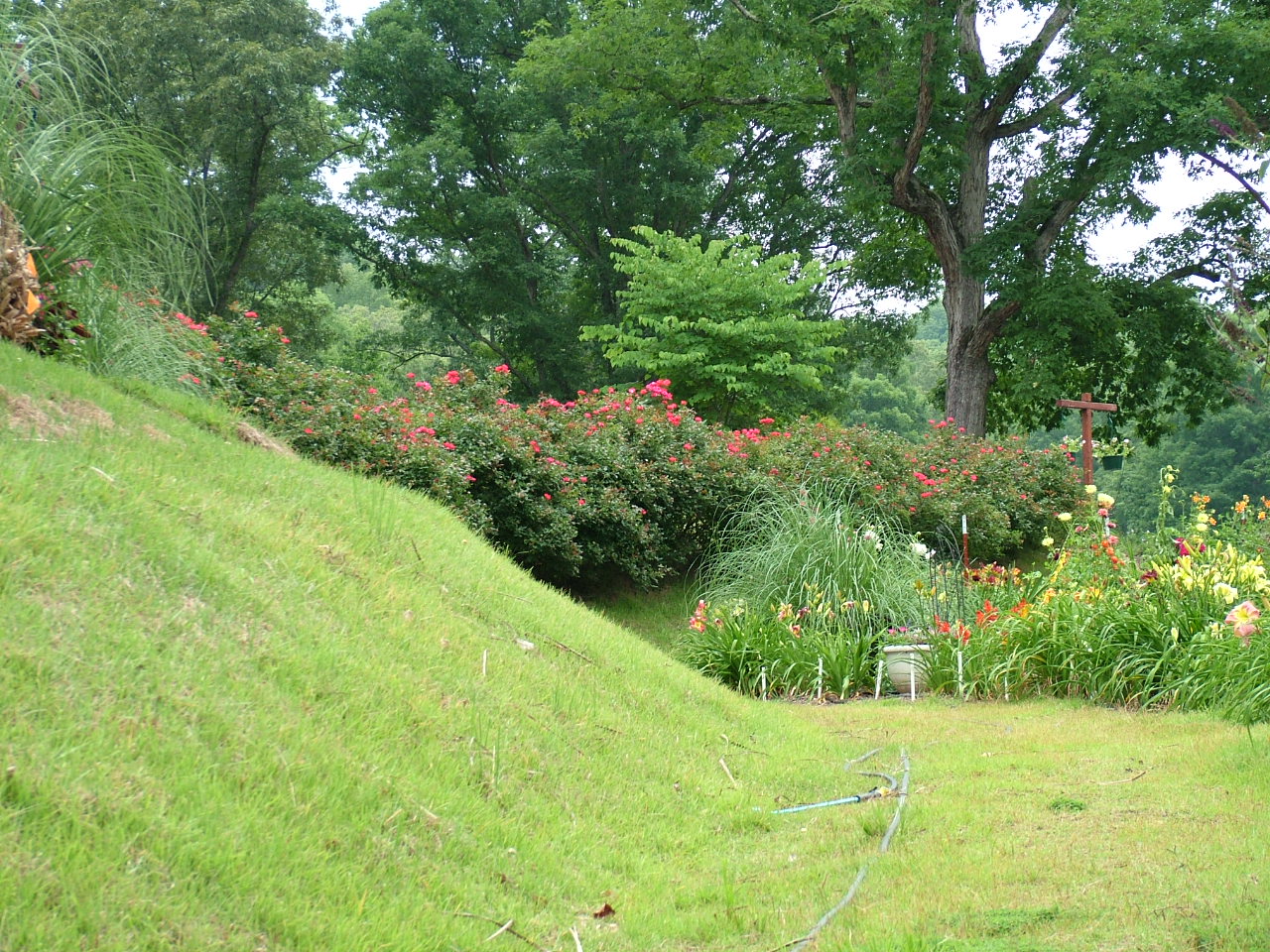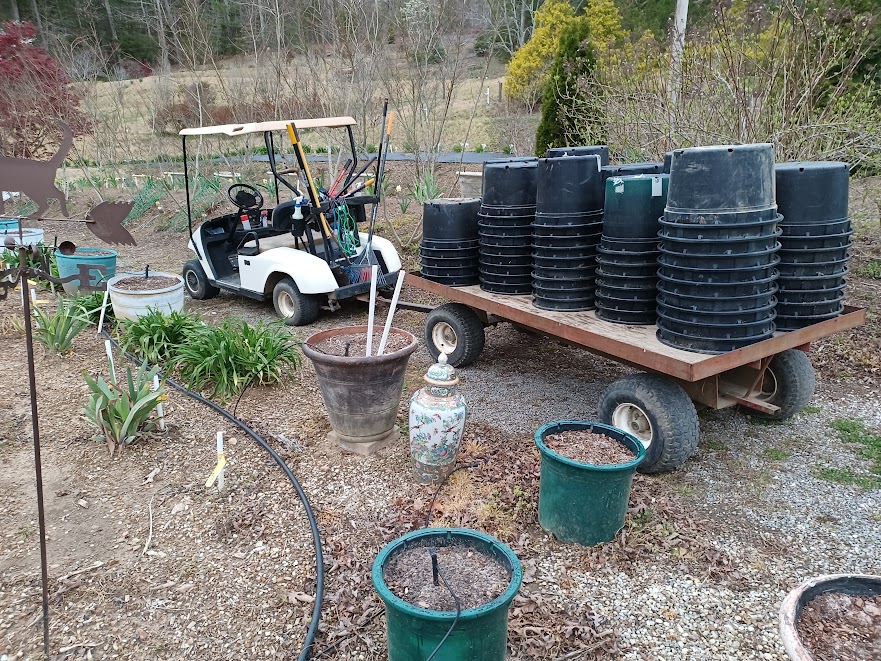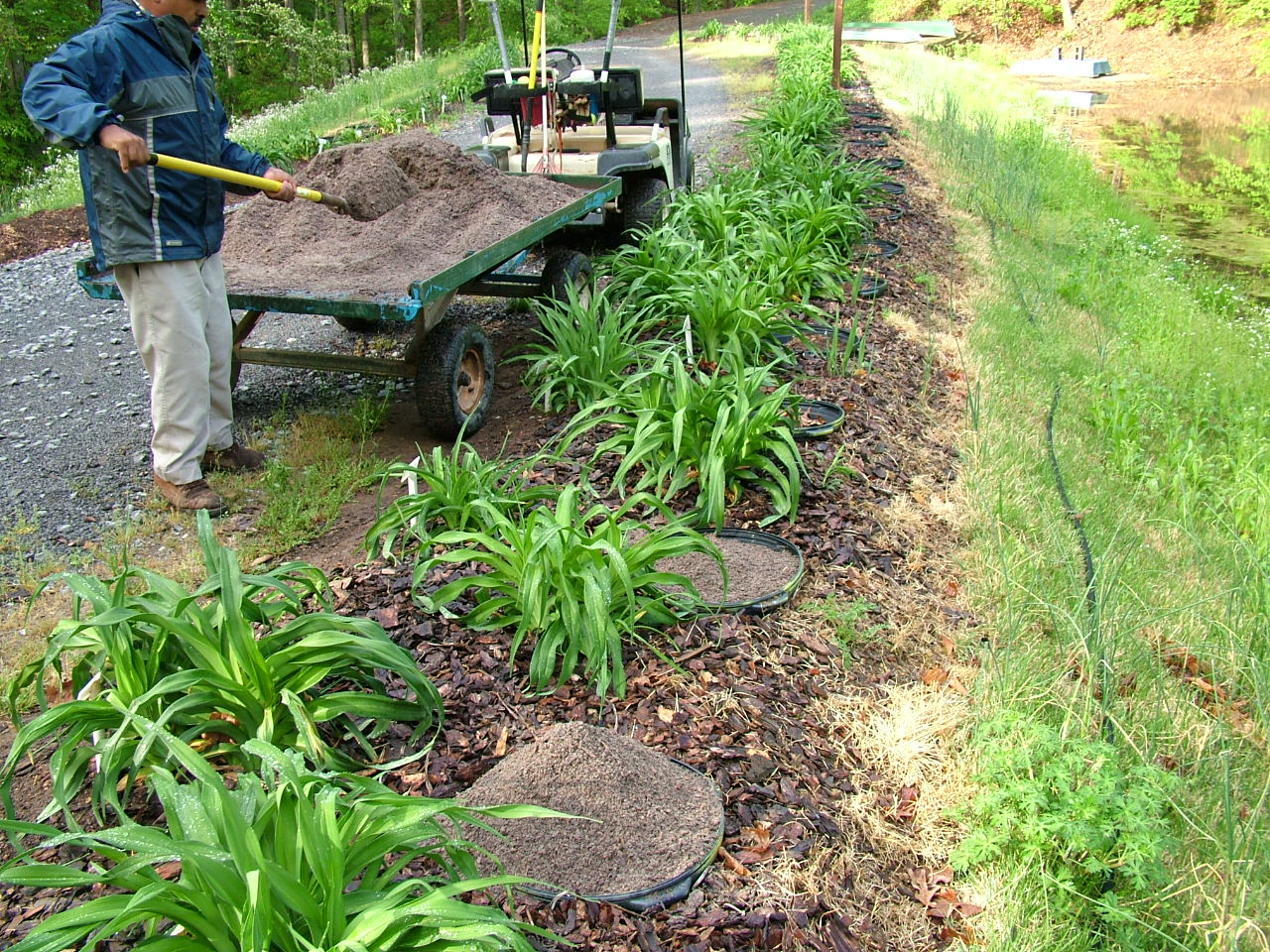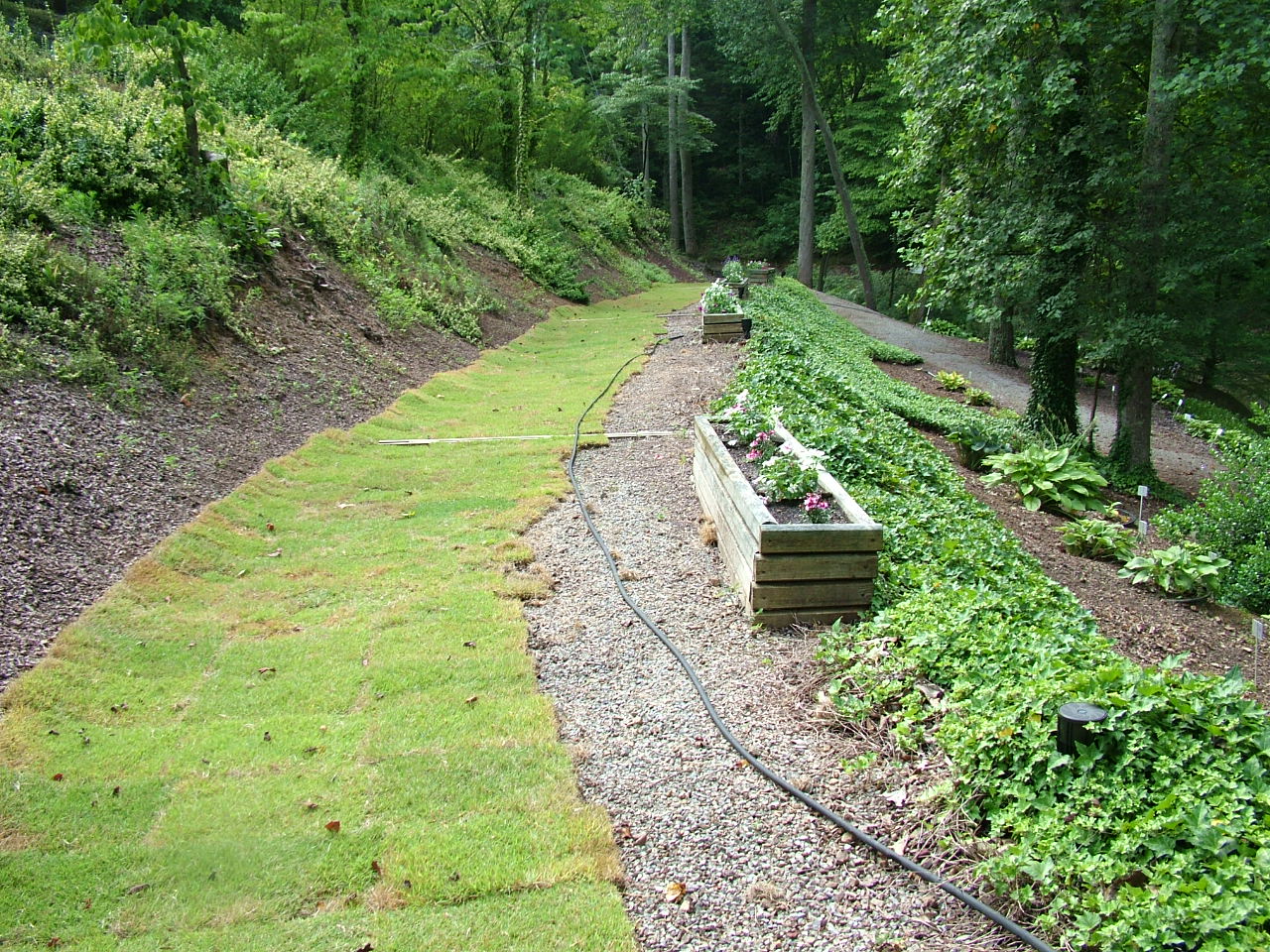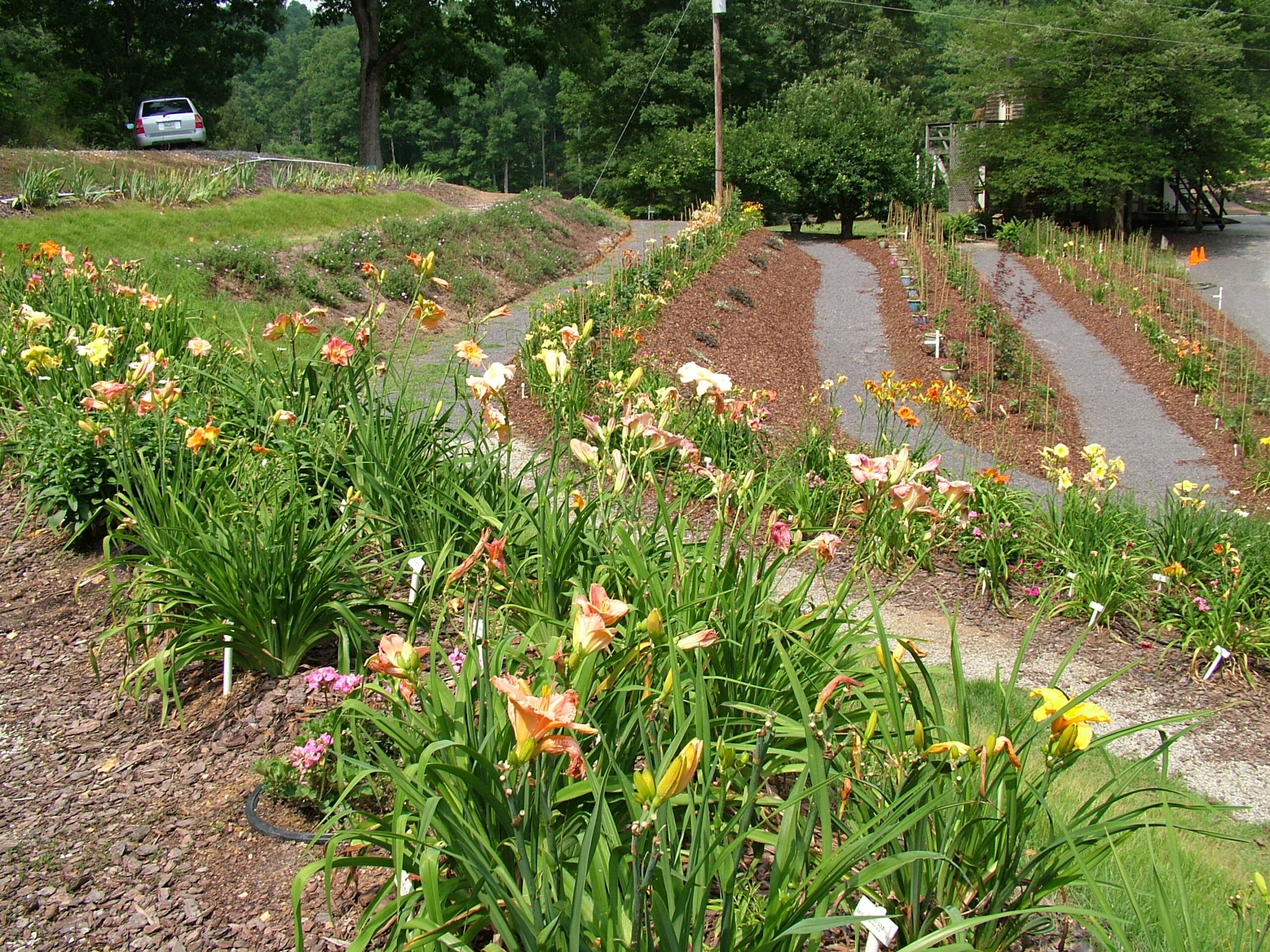Free Admission
Here is what I would propose for Sunshine Hollow: - Sunshine Hollow would be open to visitors with free admission to the visitor center and entrance area where the gardens and trail system begin and, much like Butchart Gardens in British Columbia, Canada, the visitor would walk from that point into the Hollow. Visitors can walk into the Hollow using the Fred Lee Rhyne Nature Trail that follows Moonshine Creek or via the Azalea Trail. An easy five-minute walk up the creek and Nature Trail takes the visitor to the center of the Gardens.
Visitor and Interpretive Center
Visitor Center
By establishing a Visitor Center and Interpretive Center near the entrance to the Hollow, daily tours could be done from that point with 30 to 45 minute (20 person) narrated tractor wagon tours,
one hour (8 person) narrated golf cart tours, and guided nature walk tours through the hollow. These tours would be for an established fee per person. These could be done with contractors on a percentage basis. We have charged ten dollars per person for wagon tours and twenty dollars per person for longer Golf Cart tours. It's possible that 25 person church-type buses could be used in inclement weather for tours also. From about 30 years of operating Sunshine Hollow, we have found that only about 20 percent of guests want to walk much at all but they love going on the narrated wagon and golf cart tours. Allowing all visitor vehicles to drive through the Hollow would destroy the serenity and inherent beauty of the surroundings and should not be permitted except for maintenance or emergency vehicles.Interpretive Center
With an Interpretive Center, visitors to the Hollow could be shown many different exhibits:
- Topography and geology of the Great Valley of the Tennessee River
- History of the peoples of the Valley both Pre-historic, Historic, and Present
- History of Agriculture, Timber, and Minerals in the Tennessee Valley
- History of Moonshining in Tennessee
- Flora and Fauna of the Tennessee Valley
- Wildlife and other critters of the Tennessee Valley
- The Tennessee River, Hiwassee River, Ocoee River and other tributaries
Maintenance Requirements
General
I, at 80 years old, have been maintaining the Gardens, Trails, and Natural Areas for the last few years without additional help, partly due to COVID and partly due to the lack of people interested in doing this kind of work anymore. Over the last 50 years, I have used over one hundred teenagers and some adults, both men and women to help build and create the Hollow. They have contributed to making what the Hollow is today.
The Gardens were designed to be low maintenance and the trails in the Gardens were also designed to take care of themselves with a small amount of mowing and weed-eating. The Gardens are easily kept weed-free due to ground cloth, pre-emergent herbicides, and mulching. Pots of annuals are interspersed with other perennials to add full-season color.
Perennials such as Daylilies and Iris do not require replanting every year, just a little cleanup in the Spring. Only clump division is required about every three to five years or more.
Annual pots are very easy to plant in the Spring and weed when they need it since they don't require bending over as much. Two people in less than one day planted all of our annual pots in 2023. Picture 683 Most of the banks of the Gardens are completely covered with Meyer Zoysia which is an extremely tough and drought-resistant but expensive lawn grass. Even the most intense rainfall will only result in clean water leaving the site. The steeper banks do require some irrigation during extreme drought periods. The hardest job here is weed-eating the Zoysia-covered banks. However, since Zoysia is a very slow-growing grass and only greens up in mid-Spring, this has to be done once in the Spring and then about twice more after that to remove any weeds that might come up in the grass.
There is very little mowing except on the walkways of the flower beds and I do that with a forty-six-inch Cub Cadet mower. All the trails in the Gardens were initially graveled with half-inch gravel and later Zoysia was sodded or sprigged into the banks or trails. All of this maintenance should be done with a contract lawn care company on an as-needed basis.
Garden Volunteers
A program of Garden volunteers could also be recruited to do a lot of the plant maintenance during the garden season. This is done in many public and private gardens around the world. Many garden clubs exist in the Tennessee Valley and could be recruited to help with some of these activities.
Trail Maintenance
The seven miles of trails in the Natural Areas are designed to be relatively maintenance-free as long as heavy vehicular traffic is prohibited. The use of out-sloping, water diversion dips, and gentler grades help prevent erosion as well as make it easier to hike the trails and enjoy the magnificent trees and wildflowers. We use only Golf Carts for maintenance. They work very well and are very economical to purchase, operate, and maintain and do not damage the unsurfaced trails.
The one and one-half miles of trails in the Main Gardens are on very gentle grades and have all been graveled with one-half-inch gravel. Most of them have been sodded with Meyer Zoysia which makes them virtually erosion-proof and maintenance-free.

